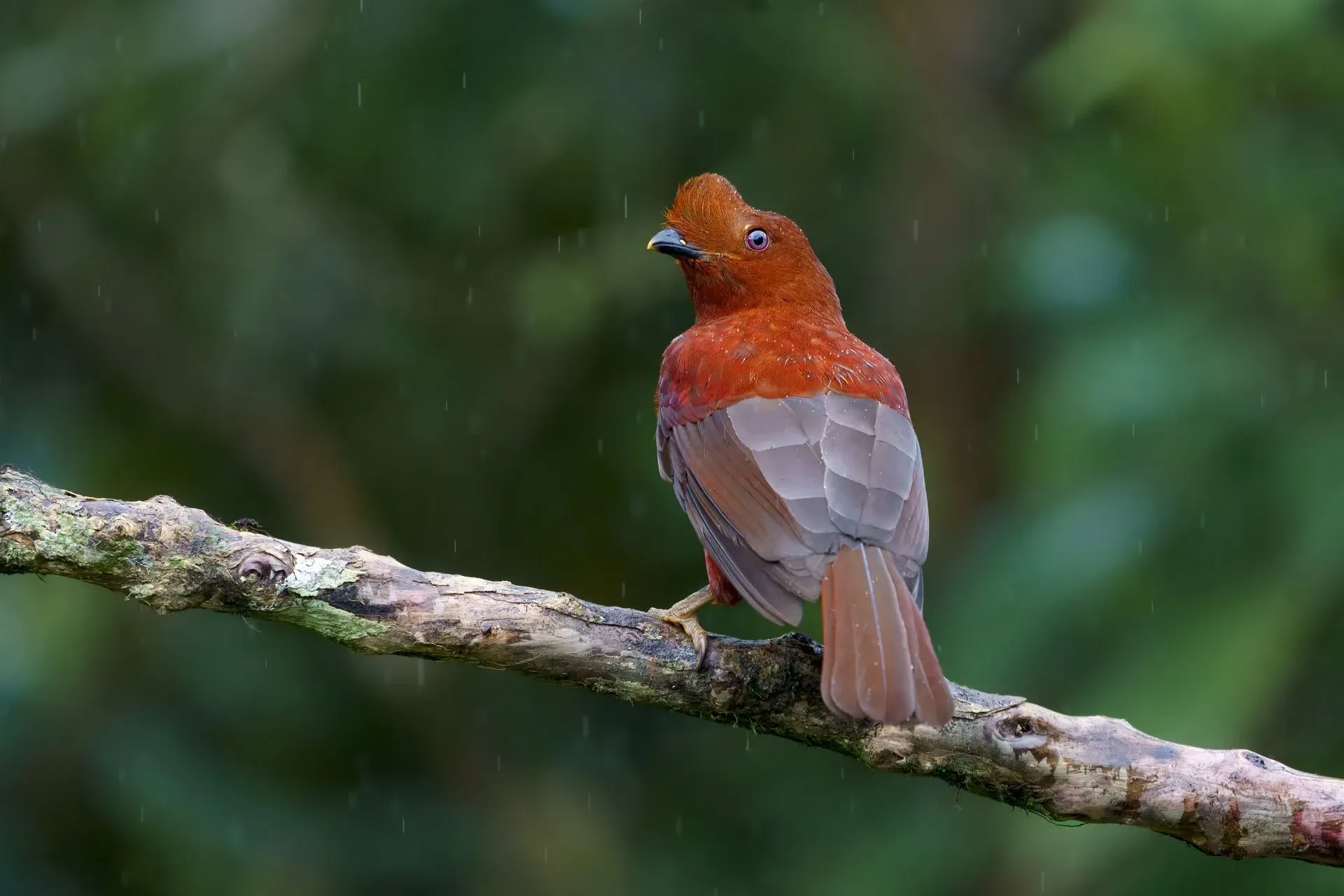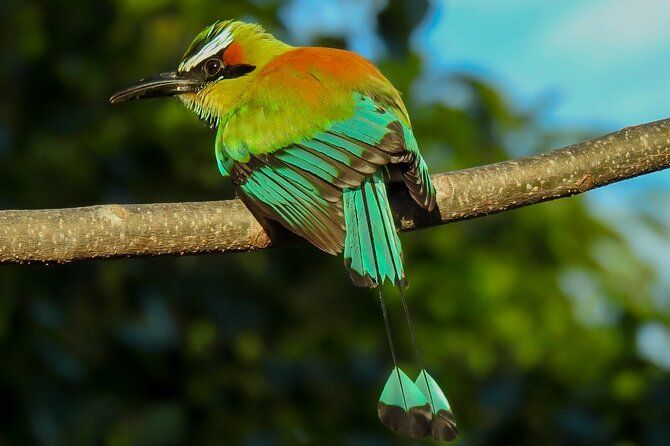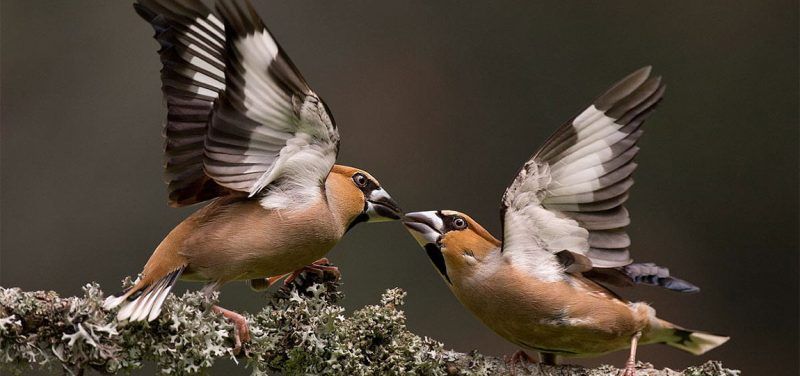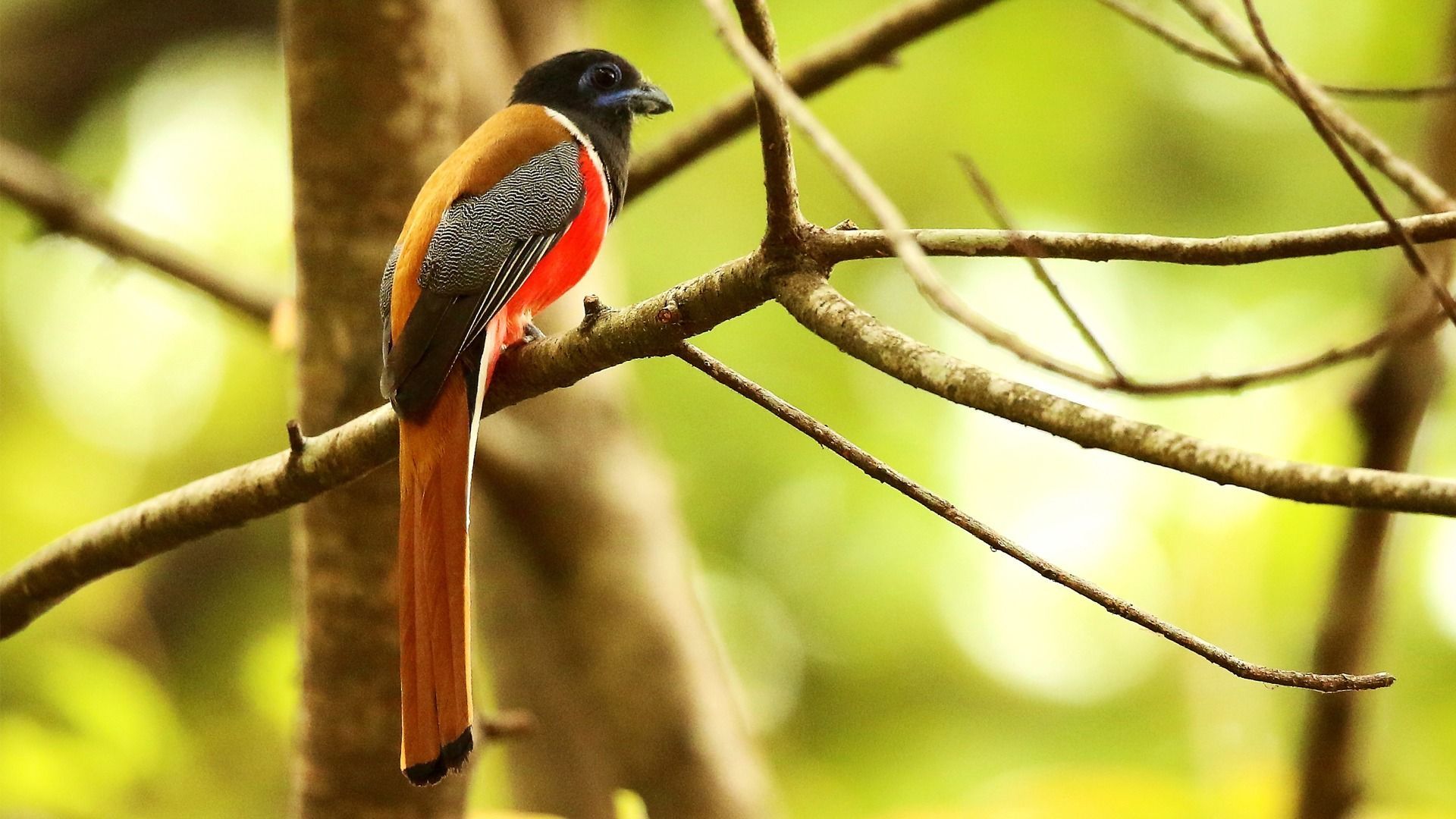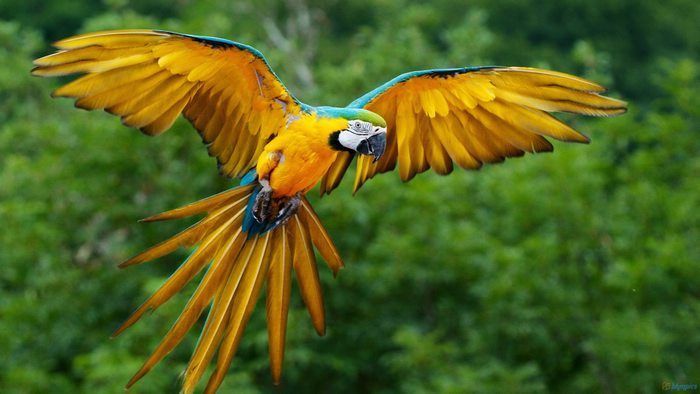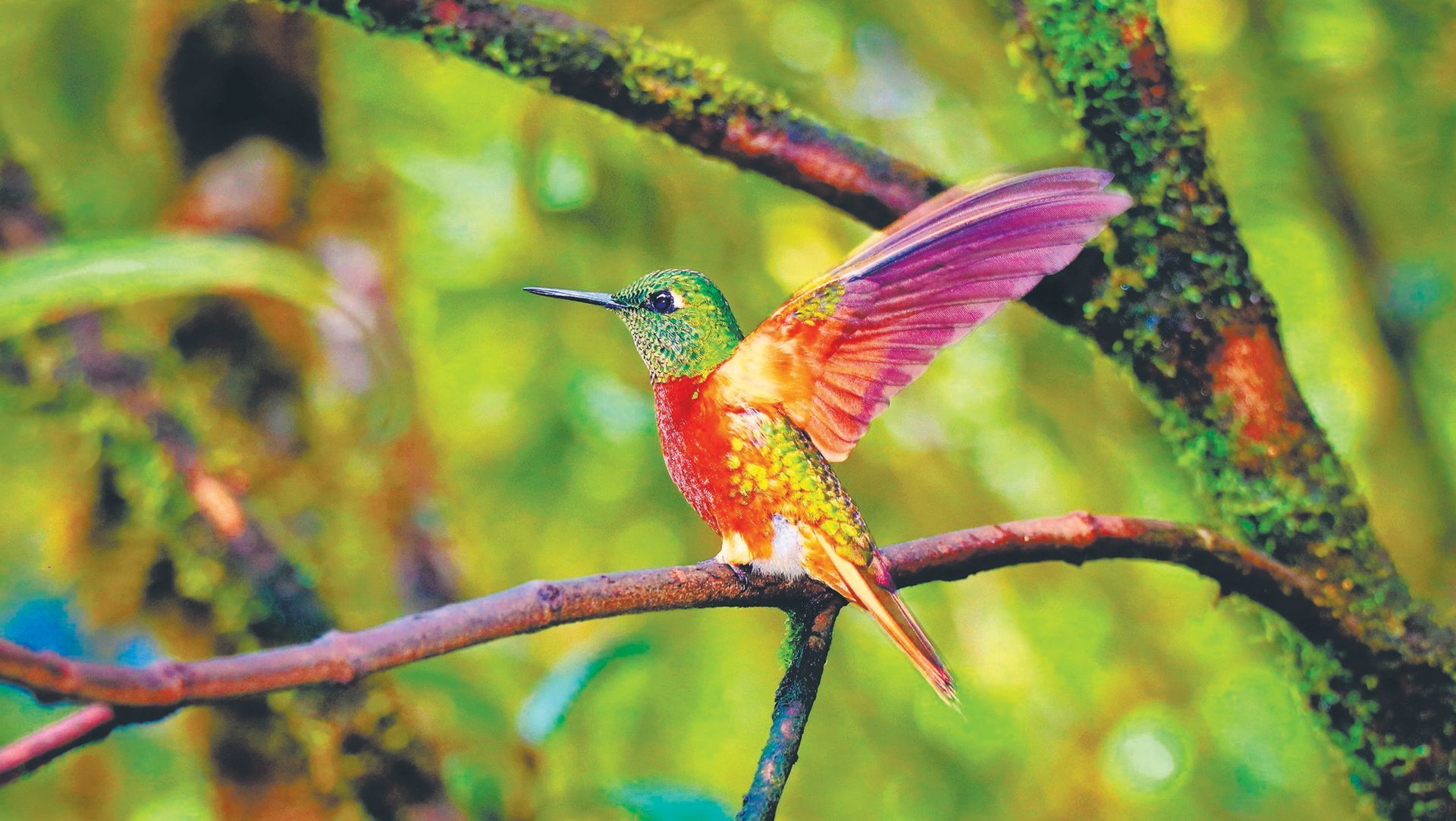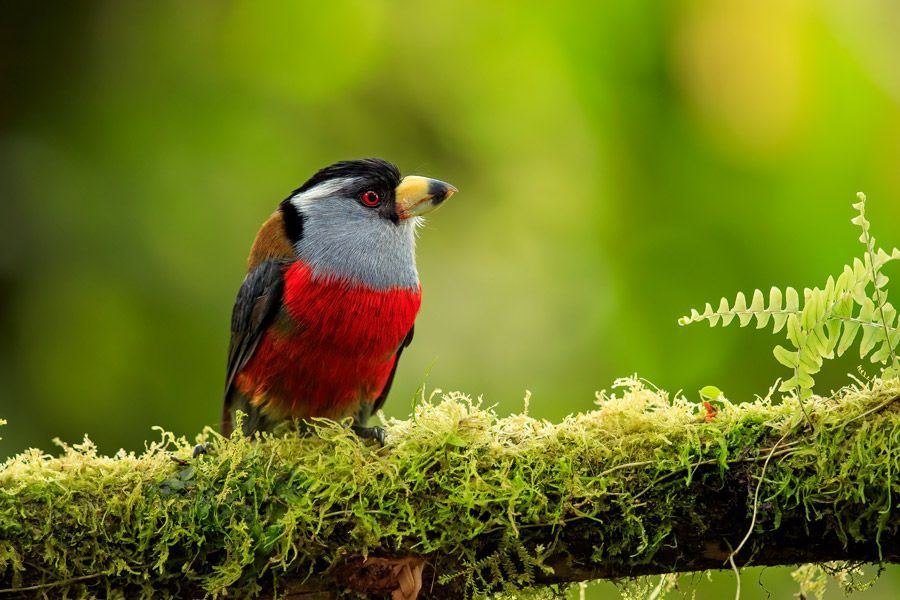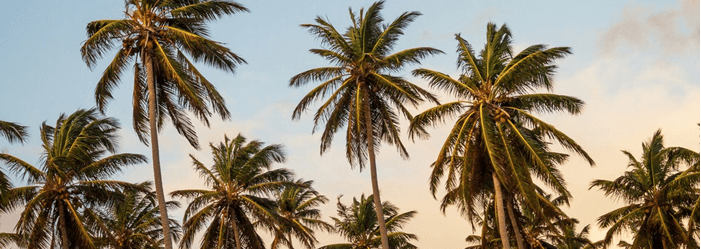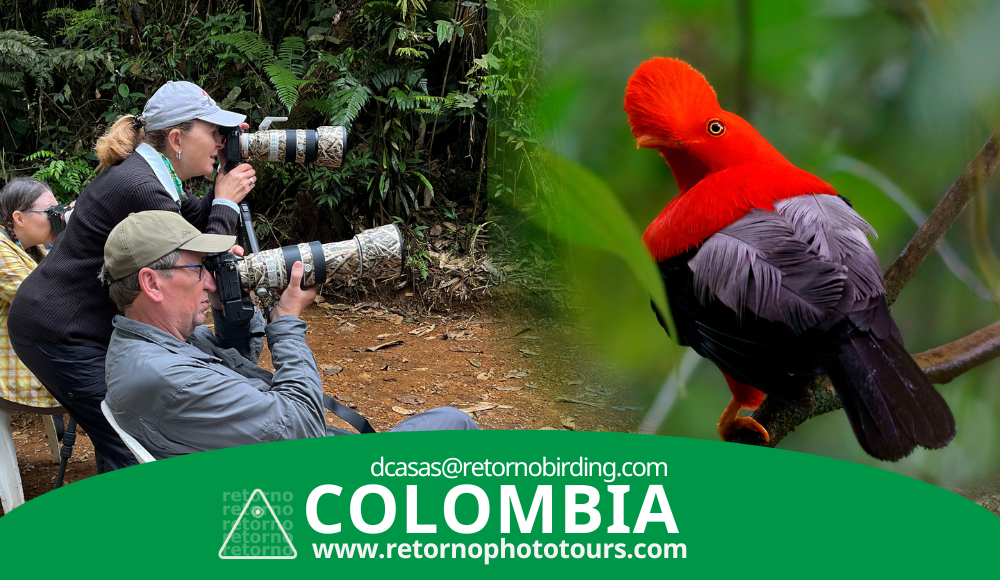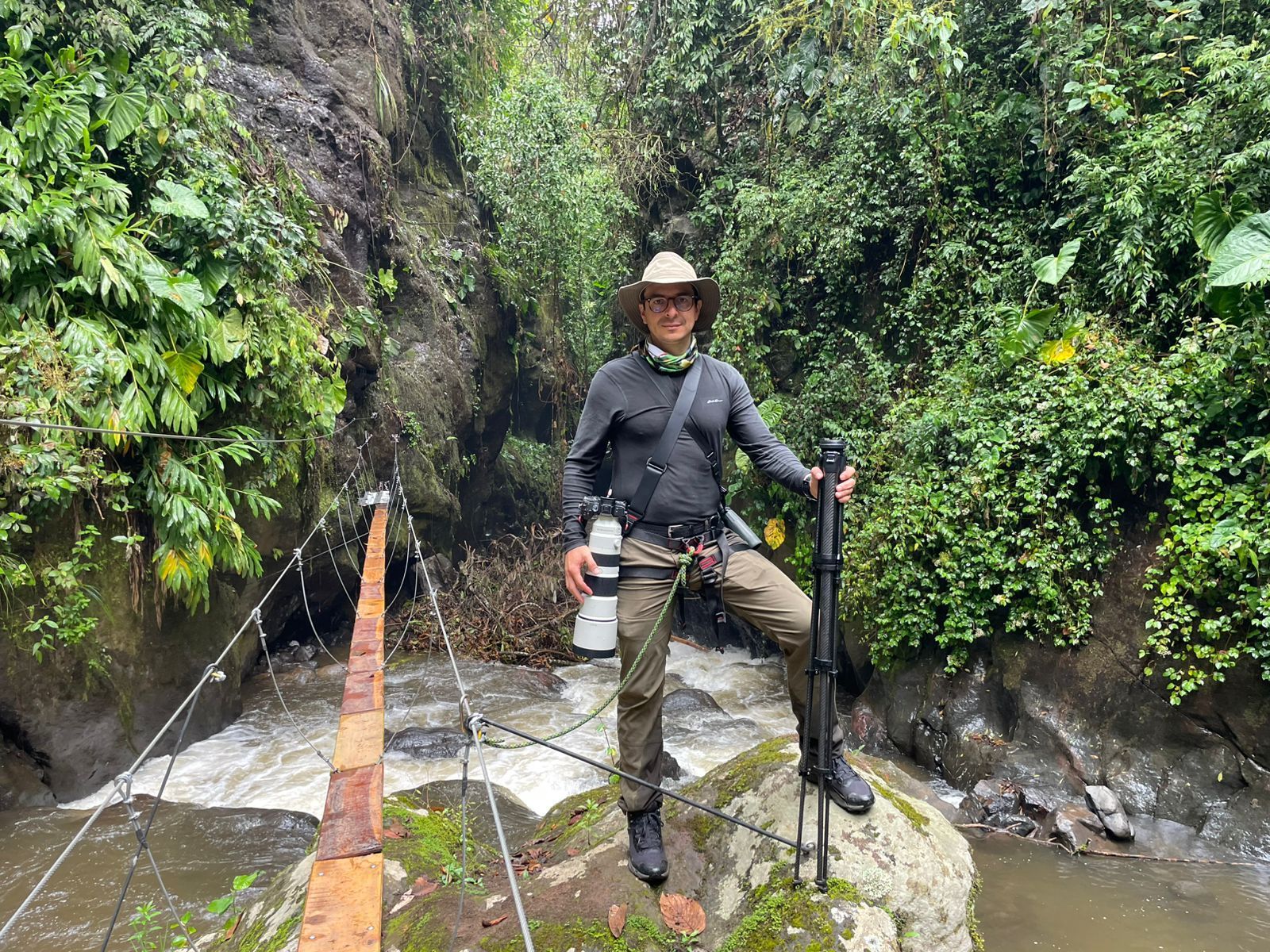Complete Guide to Bird Photo Tours for Canadian Nature Photographers
Complete Guide to Bird Photo Tours for Canadian Nature Photographers
Bird photo tours are one of the most rewarding ways to combine travel, wildlife photography, and meaningful conservation support. For Canadian photographers—used to boreal forests, shorelines and mountains—international bird tours open a dramatic window into other faunas: hummingbirds of the Andes, ibis and herons in South America, harriers and bustards in Africa, or seabird colonies in the North Atlantic. This guide explains how to choose tours, prepare gear and logistics from Canada, photograph effectively in the field, and return with images and stories that matter.
Why Join a Bird Photo Tour?
Bird photo tours structure everything around success: expert local guides who know where and when to find target species; logistics that get you to remote hotspots with minimal stress; and, often, photography-focused amenities—feeding stations, hides, canopy towers, and morning/evening stitching of schedules to optimize light. Tours are especially valuable when your goals include rare/endemic species, difficult habitats (cloud forests, high páramo, dense rainforest), or simply the efficiency of high-opportunity, well-planned itineraries.
For Canadian photographers with limited vacation windows, tours maximize species and shooting time while minimizing research and planning overhead.
Choosing the Right Tour: Key Criteria
1. Define Your Goals
Be clear: are you chasing endemics, building a hummingbird portfolio, practicing birds-in-flight, or combining landscape + birds? Tours vary—some are highly specialized (e.g., hummingbird-focused, endemic-focused), others are broad and exploratory.
2. Group Size and Format
Smaller groups (6–10) usually mean better shooting space, less disturbance, and more personalized instruction. Workshops with a strong instructional component are great for learning; photo-led wildlife safaris prioritize action and mentor feedback.
3. Guide Expertise & Language
Look for guides experienced with photography and species behavior. For Canadians, English-speaking guides are common in many regions, but check if multilingual support is available if needed.
4. Photography Amenities
Does the tour provide hides, feeders, photo blinds, early breakfasts, or dedicated photography time? Those can make or break a photography trip.
5. Conservation and Community Impact
Choose operators that work with local communities, respect protected areas, and contribute to conservation—your participation should help protect habitats.
6. Difficulty & Fitness Level
Match the itinerary to your physical abilities. High-altitude or multi-day jungle treks require different preparation from lodge-based trips with short walks.
Popular Tour Regions for Canadian Photographers
Here are regions commonly recommended for Canadians seeking spectacular bird photography:
- Colombia – unmatched species richness, hummingbirds, tanagers, antpittas, and endemics. Good infrastructure for photo tours.
- Ecuador – compact and accessible: cloud forests, hummingbirds, Andean specialties.
- Peru – Manu and the eastern slopes for diversity and Amazonian spectacle.
- Costa Rica – accessible, family-friendly, excellent hummingbird gardens and mixed flocks.
- Galápagos (Ecuador) – seabirds and iconic species in unique island settings.
- Brazil (Atlantic Forest, Pantanal) – endemic challenges, macaw clay licks, wetlands.
- Africa (Botswana, South Africa, Kenya) – waterbirds, raptors, and spectacular wetland scenes.
- Iceland/Norway/UK – seabird colonies, puffins, and pelagic trips closer to home for Europeans and North Americans.
Pick regions that suit seasonality and travel time from Canada. Shorter flights favor Caribbean/Central America; South America and Africa require longer trips and more lead time.
Timing and Seasons: When to Go
- Migration windows: If you want migrants from North America in tropical winter, time your visit accordingly.
- Breeding seasons: Many birds show best displays in breeding season—lekking cock-of-the-rock, nesting herons, or raptor courtship.
- Weather: Cloud forest shooting is often misty—beautiful but moist. Amazon low-water seasons may expose clay licks; rainy seasons increase insect and frog activity but can impede access.
- Local windows: Research target species seasons; specialist tour operators will schedule for peak activity.
Logistics from Canada: Flights, Visas, Insurance
Flights & Connections
Book international flights early. Major Canadian gateways (Toronto, Montreal, Vancouver) have direct/one-stop routes to many Latin American cities. Expect longer haul times for Africa or Asia.
Visas & Entry
Most Latin American destinations allow visa-free entry for Canadians for short stays, but always verify the current visa rules and entry requirements well before travel.
Health, Vaccines & Medications
Talk to a travel clinic 6–8 weeks before departure. Common recommendations: routine vaccines, yellow fever for parts of South America/Africa, malaria prophylaxis where indicated. Carry copies of vaccination records if required.
Travel Insurance
Get comprehensive travel insurance that covers medical evacuation, trip cancellation, and equipment loss/damage. Declare your high-value camera gear if necessary.
Gear Insurance & Documentation
Photographers should insure bodies, lenses, and laptops. Keep serial numbers and store copies of receipts and policy numbers in cloud storage.
Luggage, Gear Transport & Airline Tips
Carry-on Strategy
Always carry at least one camera body and one lens in carry-on. Many photographers pack their telephoto as carry-on—check airline policies and have padded travel cases.
Checked Luggage
Use durable, lockable cases for tripods, spare lenses, and clothing. Strap fragile items with padding. Use luggage tags and consider GPS trackers.
Power & Electrical
Bring appropriate travel adapters and a portable power bank that complies with airline rules for lithium batteries. Carry spare batteries in carry-on.
Customs & Declarations
For high-value equipment, consider carrying a temporary import/export form if the country requires it. On return, some photographers use ATA Carnets for commercial gear—rare but useful for extended professional trips.
Essential Gear Checklist for Bird Photo Tours
Camera Bodies
- Primary body: fast AF, good high-ISO performance.
- Backup body: ideally compatible (same mount) in case of issues.
Lenses
- Long telephoto: 300mm–600mm range (prime or zoom depending on travel preference).
- Medium telephoto/zoom: 100–400mm or 70–200mm for flexibility in forests or perched birds.
- Teleconverters: 1.4x or 2x—useful but test before travel for AF performance impact.
Support
- Sturdy tripod with gimbal head or a stable monopod—essential for heavy glass and long shooting sessions.
- Bean bag for vehicle shooting.
Field Accessories
- Polarizer and neutral-density filters.
- Rain covers for camera and lenses.
- Lens cloths, blower, and microfiber wipes.
- Silica gel packs for bags.
- High-capacity memory cards and card reader.
- Multiple spare batteries and a power bank.
Clothing & Personal Gear
- Quick-dry, layered clothing for varying climates.
- Waterproof jacket and gaiters.
- Good hiking shoes/boots.
- Hat, insect repellent, sunscreen.
- Collapsible stool or seat pad for hides.
Optional Tech
- GPS-tagging device for geotagging images.
- Laptop with backup drive for daily image backup.
- Portable SSDs and card readers.
Packing Smart: Balancing Weight vs Capability
Canadian photographers often travel with heavy lenses; aim to balance optical reach and mobility. If multiple domestic flights are part of your itinerary, lighter zooms (200–600mm) may be preferable. Consider renting a heavy 600/4 at destination if that is more economical and reduces airline hassle.
Pre-Trip Preparation: Research & Practice
- Study target species: calls, behavior, typical perches, time of day they are active.
- Practice panning and AF tracking at local parks—moving subjects like pigeons and gulls are excellent training targets.
- Familiarize with camera menus: set up back-button focus, custom AF modes, and burst settings before the trip.
- Check airline carry-on and checked baggage policies for all legs of travel, including domestic partners.
In-The-Field Shooting Strategies
1. Light First
Prioritize good directional light—side or front light, and use golden hour for dramatic color. Overcast light can be ideal to reduce harsh shadows in the forest.
2. Know Behavior
Anticipate bird actions—feeding patterns, flight routes, and lekking displays—so you can pre-focus and be ready.
3. Autofocus Setup
Use continuous AF, wide/zone AF or bird-eye AF where available; adjust AF sensitivity. Back-button focus helps separate focus and shutter for complex tracking.
4. Shutter Speed Guidance
- Hummingbirds/fast flyers: 1/2000s+.
- Small passerines in flight: 1/1000–1/2000s.
- Larger raptors: 1/800–1/1600s can work depending on light.
Balance shutter speed, aperture (for depth of field) and ISO (acceptable noise) to achieve sharp images.
5. Composition
Leave space for flight direction; avoid cutting wings. Use natural perches and backgrounds; soft backgrounds (bokeh) isolate the subject.
6. Use Hides Respectfully
If offered hides or feeding setups, follow guide instructions—approach quietly, minimize lens movement, and respect limits to avoid startling birds.
Ethics and Responsible Photography
- Never bait or intentionally distress birds for the shot.
- Avoid nest disturbance and excessive playback of calls.
- Adhere to minimum approach distances; use longer lenses to get close-up images without intrusion.
- Support local conservation by choosing tours that give back to communities and protected areas.
- Share images and data responsibly—photos can help science and advocacy, but metadata and location details for extremely rare species may need redaction to prevent poaching.
Image Management and Backup Workflow
- Back up daily: copy cards to two separate drives (portable SSD + laptop).
- Use Lightroom or Capture One cataloging; add keywords and location data.
- Consider cloud backups when Wi-Fi is available (but be mindful of large uploads).
- Keep a clear folder structure by date/place; label raw files with brief descriptors for later processing.
Post-Trip: Editing, Presentation, and Conservation Storytelling
- Tell a story: sequence images into a narrative—arrival, habitat, behavior, conservation note.
- Edit conservatively—birds should look natural and identifiable.
- Consider submitting images to conservation groups, local guides, or citizen science platforms that accept photographic records (e.g., eBird) to add value beyond aesthetics.
- Use captions to educate: species, location, conservation status, and how the tour aided local communities.
Health, Safety, and Contingency Planning
- Carry a basic first-aid kit; know emergency procedures at lodges.
- For remote areas, confirm med-evac options with your travel insurance.
- Have digital and paper copies of passport, insurance, and emergency contacts.
- In case of lost or damaged gear, have contact info for local rental houses or repair centers (some regions have limited options—plan for redundancy).
Budgeting: What to Expect Cost-Wise
- Short regional trips (Central America): lower flight cost from Canada, mid-range tour fees.
- South America (Colombia, Ecuador, Peru): mid-range to premium depending on lodges and length.
- Galápagos, Africa, or remote Amazon expeditions: premium—more expensive logistics, specialized guides, and permits.
- Factor in gear insurance, extra baggage fees, tips for guides/drivers, and any optional camera rental.
Renting vs Buying Gear Abroad
If you want a super-telephoto lens without hauling it through multiple flights, research reputable rental houses in your destination (e.g., Bogotá, Quito, Lima). Renting locally can reduce risk and cost, but availability varies—reserve well in advance and verify condition on pick-up.
Sample Itineraries (Practical Options for Canadians)
8–10 Day Intro to Colombia (Best for First-Time Travelers)
- Day 1: Fly into Bogotá, acclimate.
- Day 2–4: Coffee Region/reserve with hummingbird feeders and tanagers.
- Day 5–7: Cloud forest reserve (antpittas, tanagers, trogons).
- Day 8–9: Lowland wetland or day trip to nearby reserve, return to Bogotá.
- Day 10: Fly home.
12–15 Day Signature Tour (Endemics + Amazon)
- Bogotá → Andean highlands (Los Nevados paramo) → Sierra Nevada de Santa Marta for endemics → Flight to Leticia or Amazon gateway for clay licks and macaws → Quito/Medellín return.
Adjust for fitness, flight time, and time zones. Add buffer days for travel delays.
Final Thoughts: Make the Most of the Experience
Bird photo tours are transformative: they improve technical skill rapidly, expand life lists, and open doors to cultures and conservation projects. As a Canadian photographer, planning carefully—gear, insurance, fitness, and research—lets you focus on the single most important thing in the field: observation. Patience, respect, and curiosity will almost always yield the best images.
